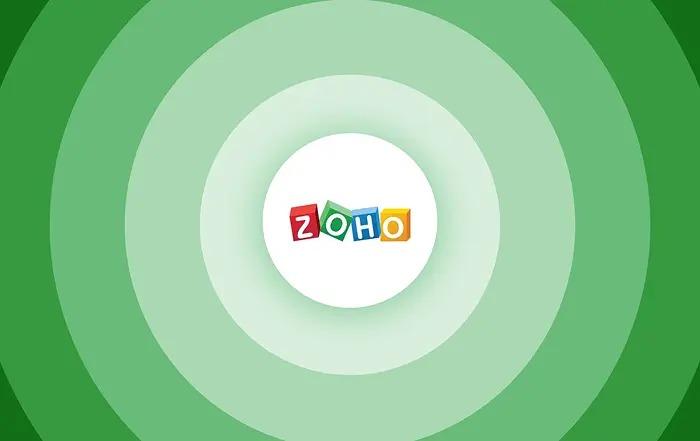
Split delivery with Zoho Mail is becoming more popular as companies look for more intelligent, dependable email solutions. Increased flexibility, scalability, and security are promised by this innovative strategy. Examine how split delivery might change business communication in the future and whether it is set to become the new industry standard.
With Zoho email hosting’s split delivery system, how does it transform traditional business emails?
Split email delivery routes different types of emails to different servers or platforms, optimizing for efficiency and reliability. You can also have hybrid solutions where cloud-based systems are combined with on-premise systems to provide your business with more flexibility and scalability. Research has shown that businesses that use split delivery systems have succeeded in improving their deliverability rates by up to 15% when compared to single-platform setups.
Many businesses are considering embracing a hybrid or a split delivery model. 73% of mid-sized companies are considering these systems to cut down on costs and optimize for efficiency and performance. With split delivery, you can prioritize critical emails like transactional messages to ensure timely deliveries.
How does split delivery with Zoho Mail address the challenges of growing email volumes?
One of the best features of the split delivery system is that it can handle increased email traffic without experiencing any server overloads. With Zoho Mail, your split delivery system enables organizations to scale by adding more servers and more routes whenever needed; it scales along with your business.
Businesses utilizing Zoho Mail’s split delivery systems through the Zoho office suite have reported around a 25% reduction in email delays after implementation, which is great when you have a large amount of emails going out throughout the day. The main reason why most businesses cite for adopting split or hybrid systems is scalability. In fact, almost 60% of businesses that have switched from traditional business email hosting to these systems have claimed that the reason they switched was because of Zoho Mail’s seamless scalability. Apart from this, Zoho Mail’s intelligent solutions are capable of segregating marketing and transactional emails, which leads to an overall improved system reliability.
What are the cost and security implications of adopting split delivery with Zoho? Does it affect overall Zoho Workplace pricing?
If you are looking to reduce your infrastructure costs, then Zoho Office Suite is the answer for you. The hybrid and split delivery systems of Zoho email hosting are capable of efficiently reducing your infrastructure costs by leveraging both cloud and on-premise resources. With the capability to save up to 25% on email management expenses, companies can now utilize Zoho Mail to optimize their delivery routes.
When it comes to regulations and compliance, there is no other service in the market that can beat Zoho Mail. By isolating sensitive emails, it enhances security while also keeping a sharp eye on compliance. Over 68% of IT leaders say that the hybrid/split models have helped them meet regulatory requirements for data residency as well as privacy for their organizations. With its enhanced cloud-based security features (encryption and spam filtering), combined with the on-premise controls, Zoho Mail offers a layer of unparalleled protection and security.
Will split delivery become the new business email standard in 2025 and beyond?
Unsurprisingly, 73% of surveyed enterprises have said they plan on adopting a hybrid or split model of email delivery within the next couple of years. When it comes to email marketing trends for 2025, companies are now gearing up to emphasize adaptability, personalization, and advanced routing. Split delivery supports a seamless transition between providers, which can prove to be crucial for businesses seeking continuity during migrations.
With email volumes continuously growing, scalable solutions like split delivery become increasingly attractive, and with regulatory pressures and an increase in security demands, more enterprises are opting for split and hybrid email infrastructures.
How does split delivery enhance user experience and customer satisfaction?
By prioritizing transactional emails, companies are now able to reduce their delivery times up to 40% for all critical communications. As deliverability continues improving, customer engagement continues increasing, and conversion rates keep soaring by 8-12%.
Segregation of promotional and sensitive emails helps minimize spam flagging, and this, in turn, can help with boosting inbox placement rates. In fact, 85% of businesses have reported a higher customer satisfaction score after they implemented split email delivery systems. This is solely due to the very reliable, on-time delivery of essential messages by Zoho Mail that has helped these businesses build brand trust and loyalty.
If you are looking to implement a split delivery system for your business with Zoho Mail, then contact Codelattice a Zoho authorized partner today by dialing +91 9620615727 or emailing zoho@codelattice.com. As a trusted Zoho Mail Partner, we have the knowledge and expertise to help you explore the Zoho email pricing and choose the right plan to seamlessly implement Zoho Mail for your business.




